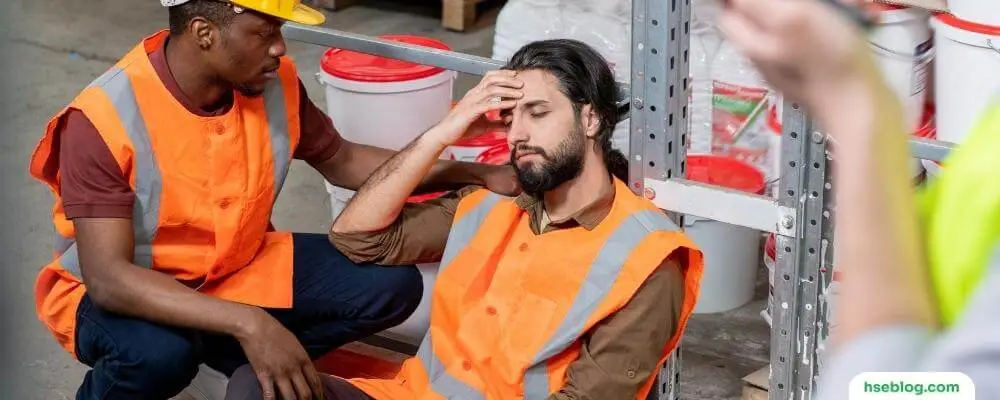Workplace accidents can have far-reaching consequences, from physical injuries and property damage to financial losses and reputational harm. Organizations worldwide strive to create safer work environments, and a key component of their safety strategy is accident investigation. Conducting thorough and systematic accident investigations helps determine the root causes of incidents, uncover systemic issues, enhance safety culture, and drive continuous improvement.
In this blog, we will explore accident investigation’s crucial role in accident prevention and how organizations can leverage this valuable tool to create safer workplaces and protect their employees, assets, and reputation.
How Accident Investigation Help Preventing Accidents?
Accident investigation is crucial in preventing future accidents by identifying the root causes and contributing factors. The primary goal of accident investigation is not to attribute blame but to learn from the event and improve safety measures. Here are several ways in which accident investigation helps prevent accidents:
1. Identifying root causes
Accident investigations help to determine the underlying reasons for an accident. This information is crucial in understanding what went wrong and developing strategies to prevent similar accidents in the future.
2. Revealing systemic issues
Sometimes, accidents result from systemic issues or organizational deficiencies, such as poor maintenance, inadequate training, or insufficient safety policies. Accident investigations can help to uncover these issues and prompt organizations to address them.

3. Enhancing safety culture
Conducting thorough accident investigations demonstrates a commitment to safety and helps to foster a culture that values continuous improvement. This proactive approach can improve risk awareness, communication, and overall safety performance.
4. Improving safety policies and procedures
Accident investigations often reveal gaps or shortcomings in existing safety policies and procedures. By updating and refining these measures, organizations can reduce the likelihood of future accidents.
5. Developing effective training programs
Investigating accidents can identify areas where workers may need additional training or education to help them better recognize and mitigate hazards.
6. Sharing lessons learned
Sharing the findings of accident investigations within the organization and across the industry can help others learn from the incident and implement similar preventative measures.
7. Monitoring and evaluating corrective actions
After an accident, monitoring and evaluating the effectiveness of the corrective actions taken is essential. This ensures that the measures are working as intended and helps to identify any additional improvements that may be necessary.
8. Enhancing hazard identification and risk assessment
Accident investigations can reveal previously unknown hazards or help organizations recognize the severity of known risks. This information can be used to improve hazard identification and risk assessment processes, leading to better-informed decisions and more effective risk mitigation strategies.
9. Encouraging technological advancements
Investigating accidents may reveal situations where existing technologies or equipment contributed to the accident or were not effective in preventing it. These findings can prompt organizations to invest in research and development of new technologies or adopt more advanced solutions to enhance safety and prevent future accidents.

10. Strengthening regulatory compliance
Accident investigations can highlight areas where organizations may not meet regulatory requirements or industry standards. By identifying and addressing these gaps, companies can improve their compliance and reduce the risk of penalties, fines, or legal consequences while promoting a safer work environment.
In summary, accident investigation is a critical component of accident prevention. By systematically examining the causes of accidents and leveraging tools like safety surveys, organizations can identify underlying issues, enhance communication, and refine their safety protocols.
Conclusion
Accident investigation is a vital component of a comprehensive safety strategy, serving as a powerful tool for accident prevention and fostering a strong safety culture within an organization. By uncovering the root causes, revealing systemic issues, and driving continuous improvement, accident investigations enable companies to learn from their past incidents and implement targeted corrective actions. As a result, organizations can minimize the likelihood of future accidents, enhance their overall safety performance, and create a safer working environment for their employees.
Ultimately, a proactive approach to accident investigation benefits the employees and the organization and builds a more resilient and safety-conscious industry. Embrace the power of accident investigation and make it an integral part of your safety management efforts to achieve a lasting impact on workplace safety and accident prevention.

